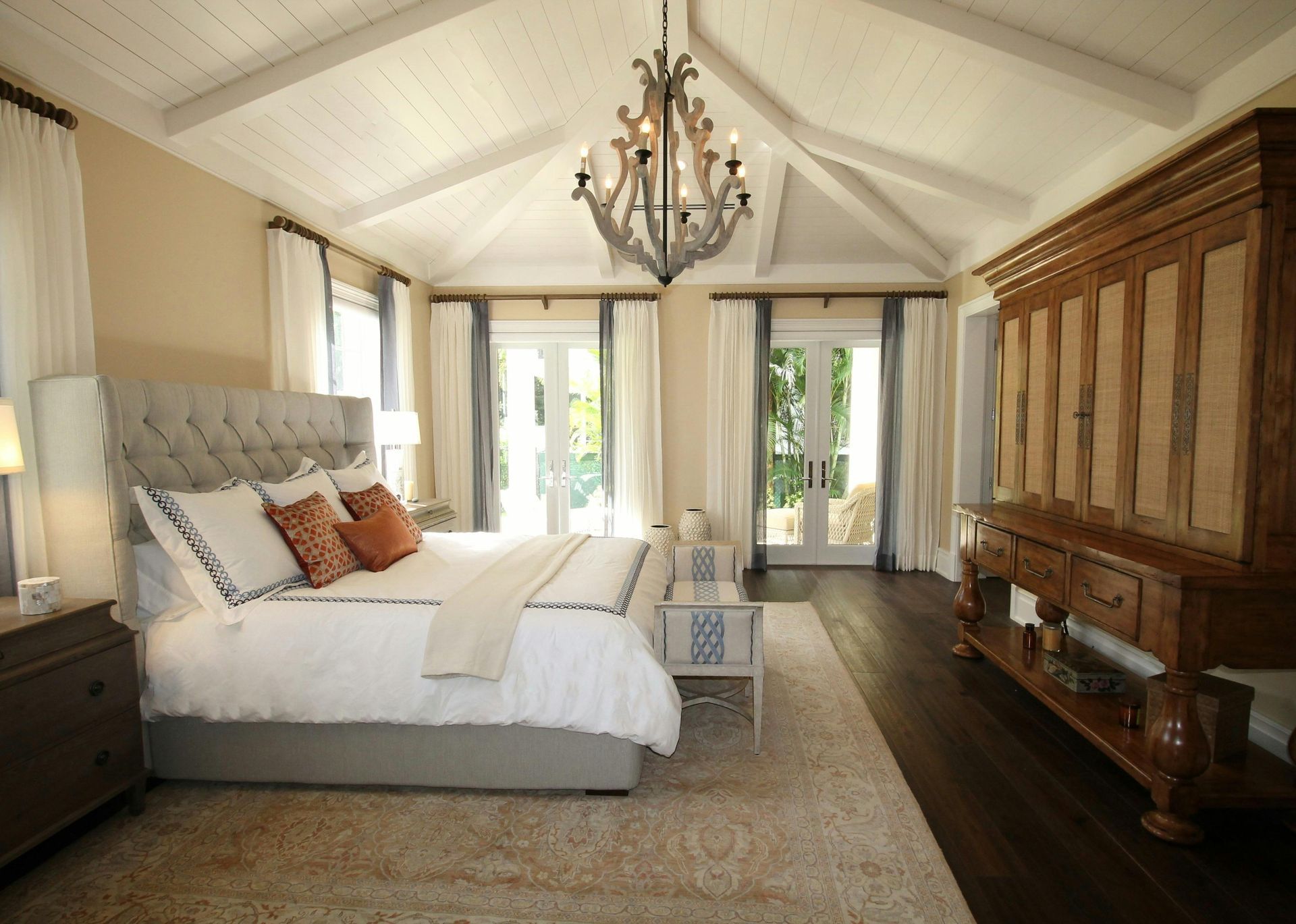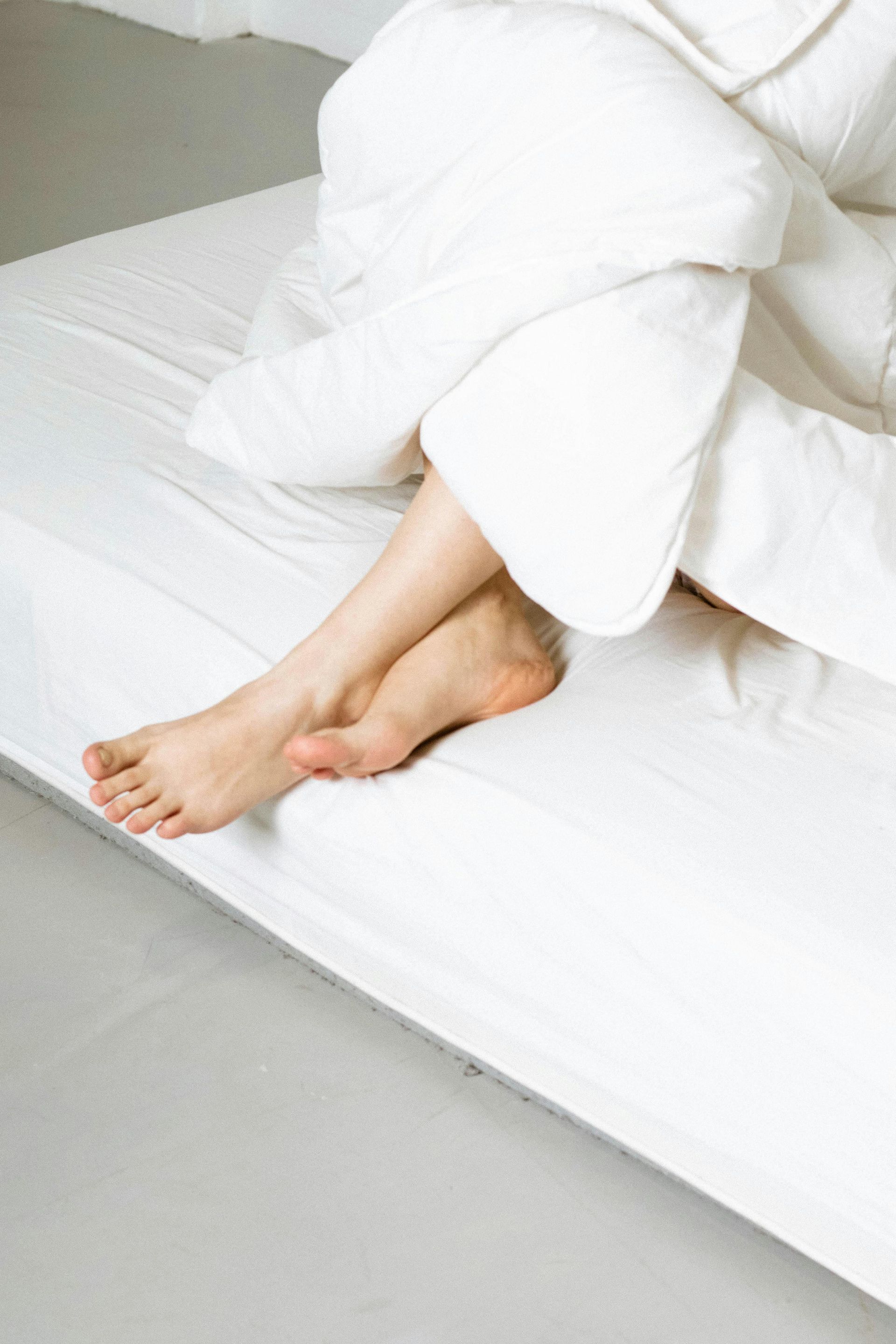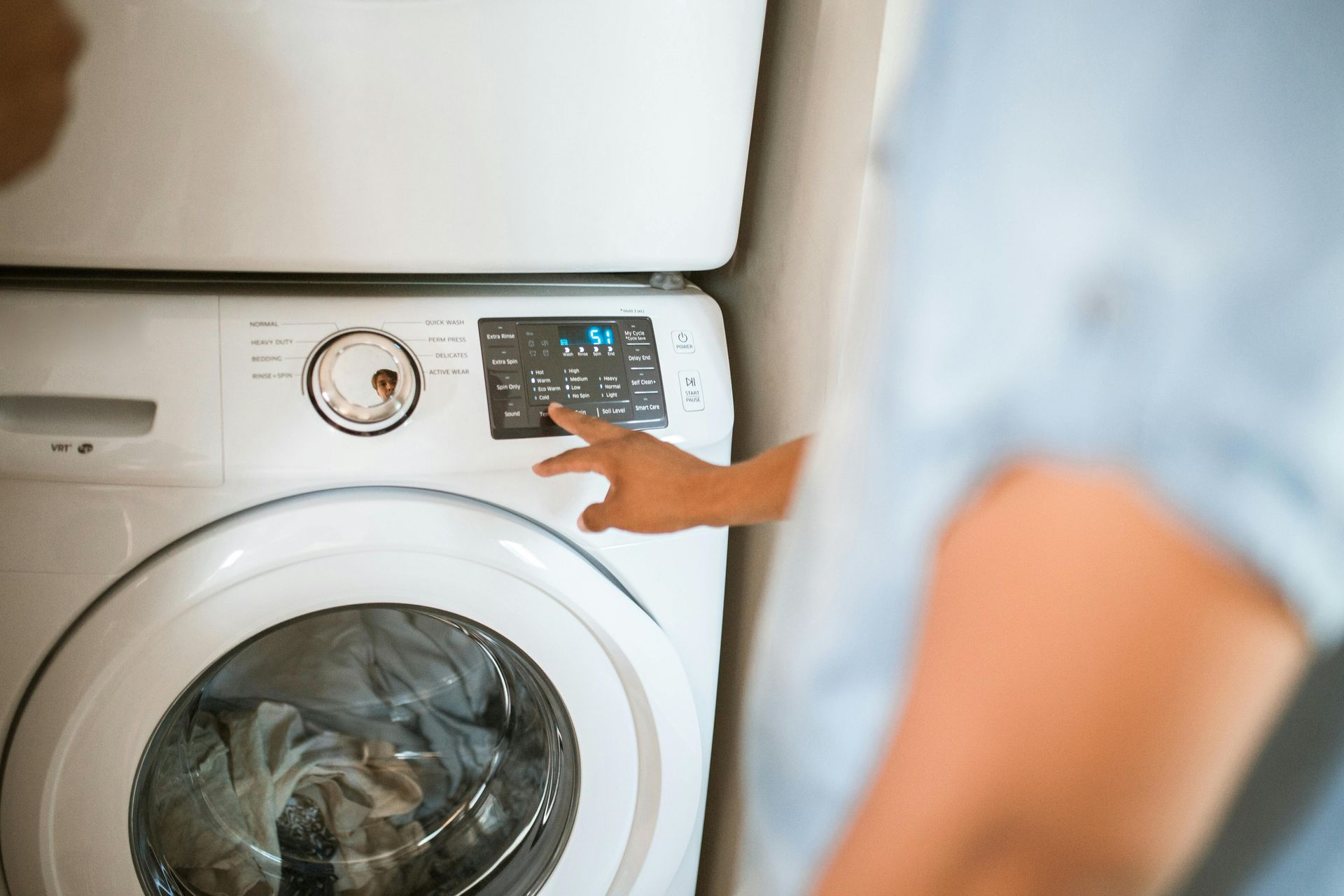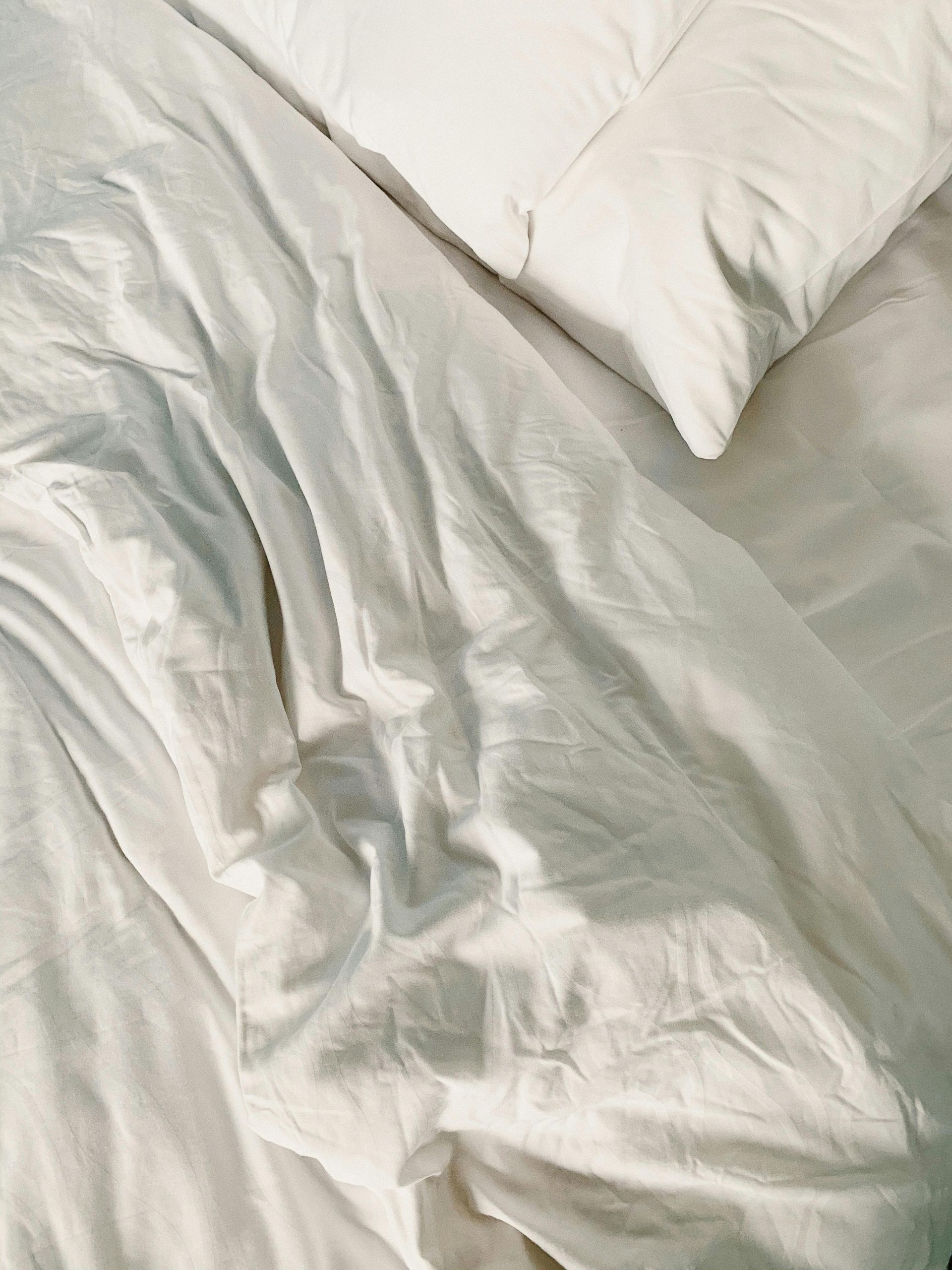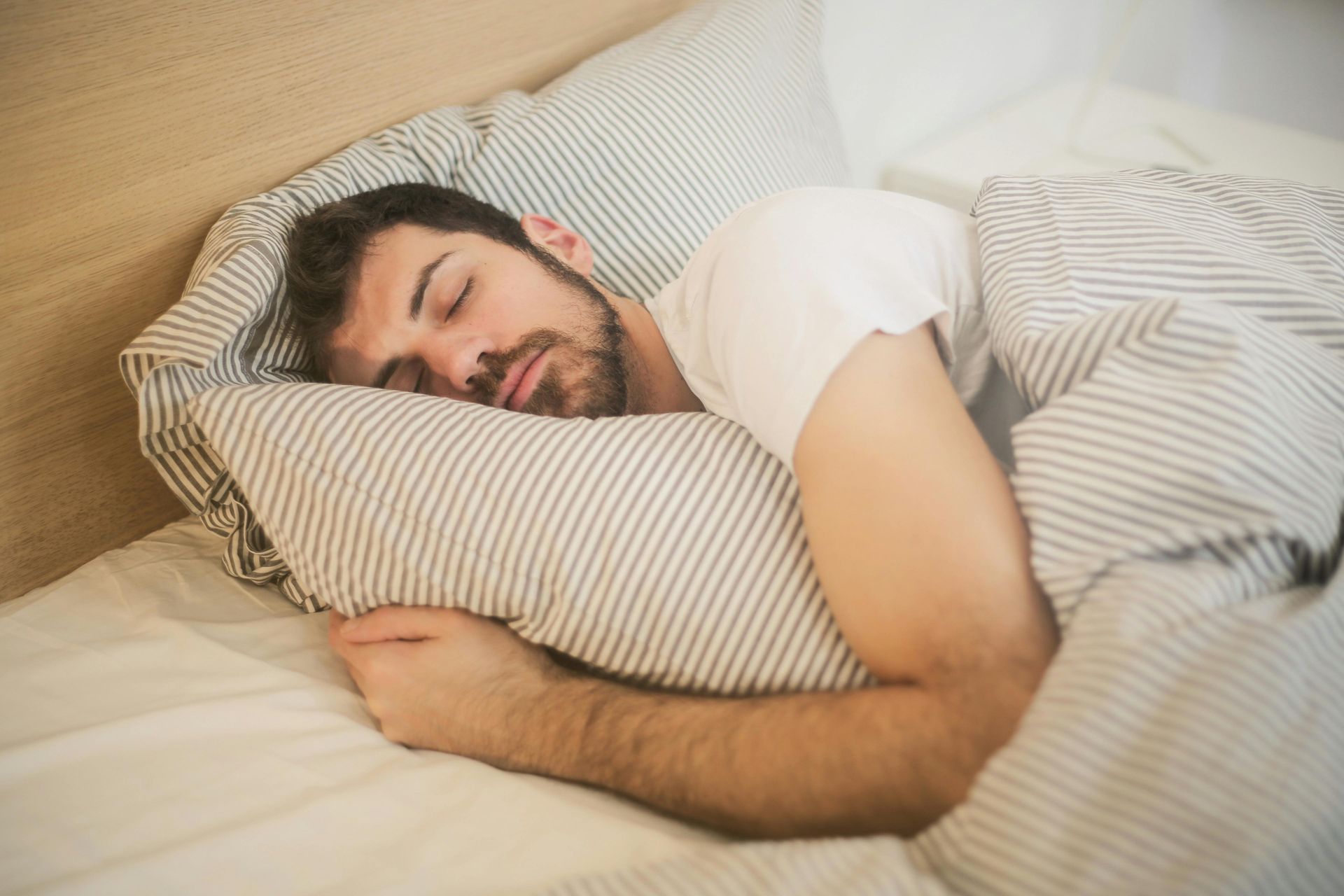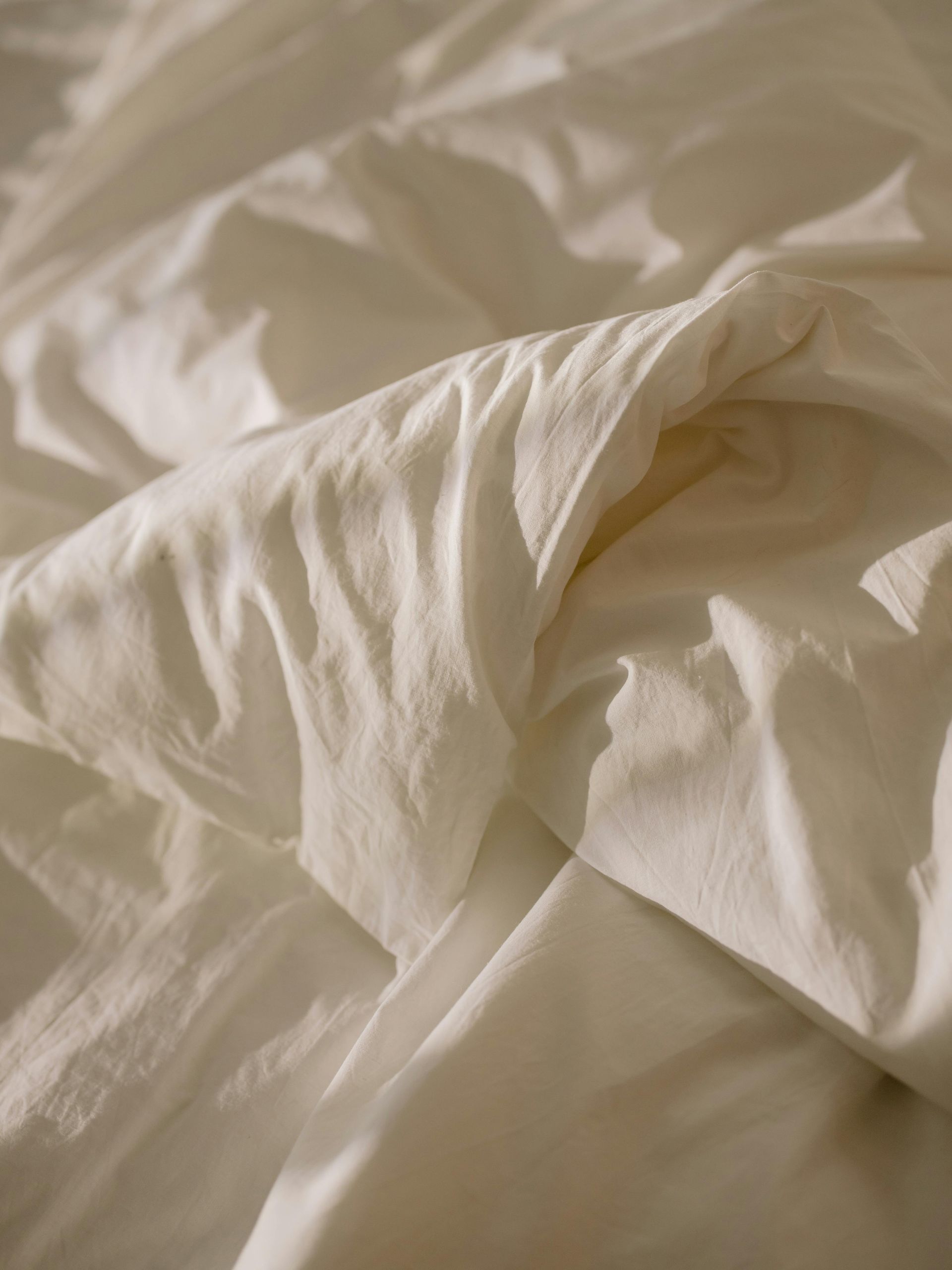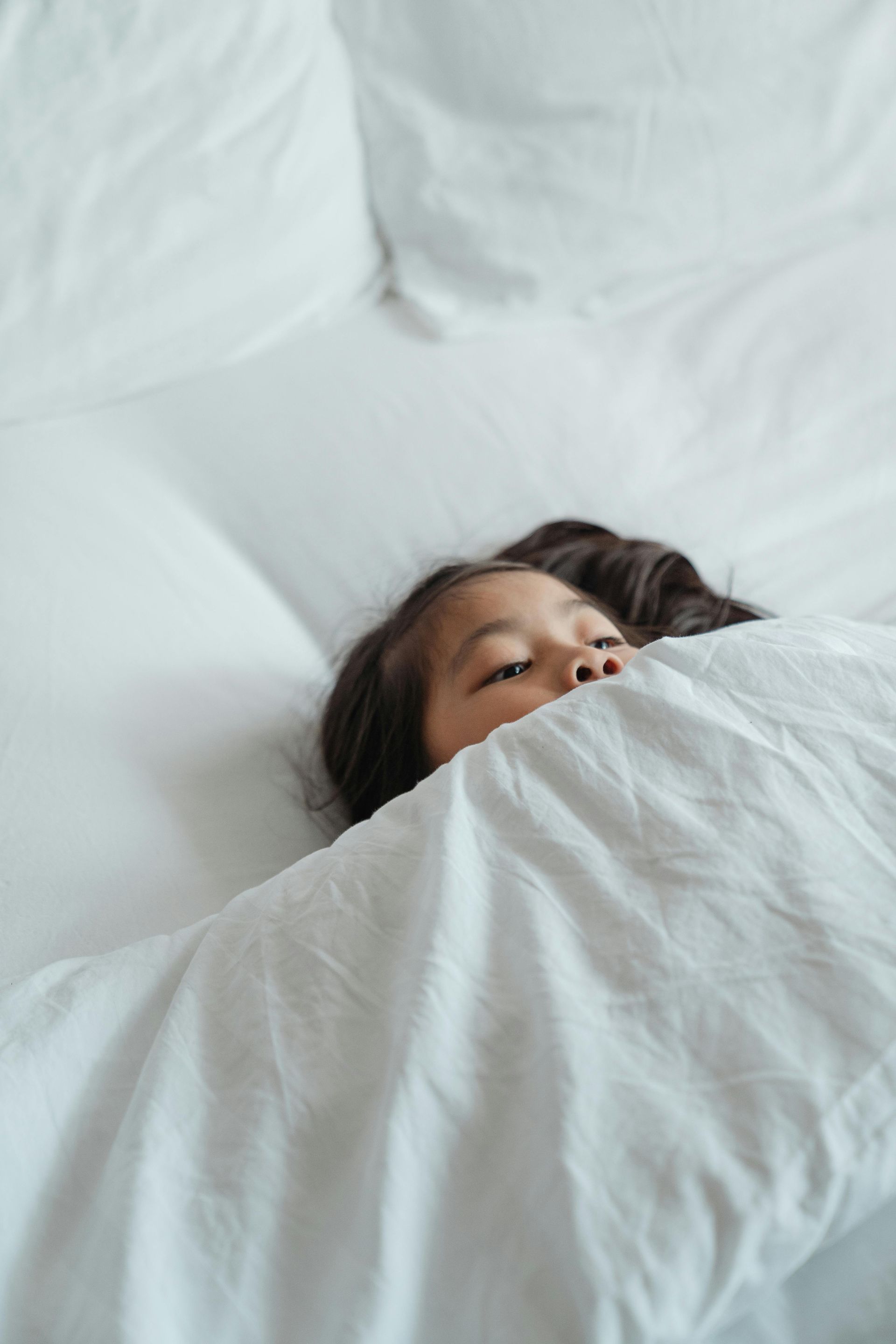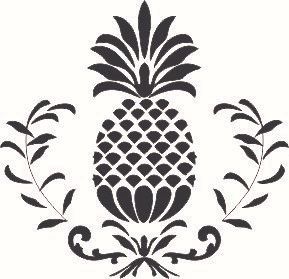Can I Wash My Pillows in the Washing Machine?
We spend roughly a third of our lives with our faces pressed against our pillows, yet many of us rarely think about cleaning them. Over time, pillows collect dead skin cells, hair, dust mites, and their waste products, not to mention sweat, oils, and drool. If you've been wondering whether you can simply toss your pillows in the washing machine, this guide will answer all your questions.
Is it Safe to Wash Pillows in the Washing Machine?
The good news is that many pillows can indeed be safely washed in a washing machine. However, not all pillows are created equal when it comes to machine washing. Generally, these types of pillows are machine-washable:
- Down pillows
- Feather pillows
- Cotton pillows
- Polyester pillows
- Most synthetic fiber pillows
Machine washing is not only convenient but also effective at removing allergens, dust mites, and body oils that build up over time. However, it's crucial to check the care label on your pillow before proceeding, as some materials require special care.
How Do You Wash a Pillow Without Ruining It?
Follow these steps to safely wash your pillows and maintain their quality:
- Check the care label first - Always follow manufacturer recommendations.
- Remove pillow covers and cases - Wash these separately.
- Treat stains before washing - Use a mild stain remover on any visible spots and let it sit for about 15 minutes.
- Balance the load - Wash at least two pillows at a time to keep your washing machine balanced.
- Use mild detergent - Choose a gentle, low-sudsing detergent. Use about 1 tablespoon for most pillows.
- Select the right settings - Use warm water (not hot) and a gentle cycle. An extra rinse cycle is helpful to ensure all detergent is removed.
- Dry thoroughly - Most pillows can go in the dryer on low heat. Add a few dryer balls or clean tennis balls to help fluff the filling and prevent clumping.
- Make sure pillows are completely dry - Damp pillows can develop mold and mildew. Check for moisture in the center before returning them to your bed.
How to Tell if a Pillow is Machine Washable?
Here are ways to determine if your pillow can safely go in the washing machine:
- Check the care label - This is your most reliable source. Look for symbols or text indicating washing instructions.
- Know your pillow filling - Different materials have different care requirements:
- Down, feather, polyester, and cotton are usually machine washable
- Memory foam, latex, and buckwheat are typically not machine washable
- Consider the pillow's construction - Pillows with decorative elements, such as piping or embroidery, may not hold up well in a machine wash.
- When in doubt, hand wash - If you can't determine whether machine washing is safe, err on the side of caution with spot cleaning or hand washing.
How Do You Get the Yellow Out of Pillows?
Those yellow stains on pillows are typically caused by sweat, oils from your skin and hair, and saliva. Here's how to tackle them:
- Pre-treatment solution - Mix a solution of:
- 1 cup hydrogen peroxide
- 1/4 cup baking soda
- 1 tablespoon dish soap
- Apply to stained areas - Use a clean toothbrush to gently scrub the solution into the stained areas.
- Let it sit - Allow the solution to work for at least 30 minutes.
- Wash as usual - Follow with a regular machine wash as outlined above.
- Sun exposure - After washing, let pillows dry partially in direct sunlight, which has natural bleaching properties.
- For stubborn stains - Add 1/2 cup of white vinegar to the rinse cycle to help break down residual oils.
Which Pillows Cannot Be Washed?
Some pillow types should never go in your washing machine:
- Memory foam pillows - Machine washing can break down the foam structure. Instead, spot clean and air out regularly.
- Latex pillows - Similar to memory foam, latex can deteriorate when machine washed.
- Buckwheat hull pillows - The filling will be ruined by water.
- Microbeads or polystyrene bead pillows - Beads can clump or break down in a washing machine.
- Pillows with special features - Pillows with cooling gel inserts, electrical components, or decorative elements should not be machine washed.
For these non-washable pillows, focus on using protective covers that can be regularly washed, spot cleaning when necessary, and airing them out occasionally.
How Often Should I Wash Pillows?
Even with pillowcases and protectors, pillows need regular cleaning:
- Every 4-6 months is recommended for most washable pillows
- Every 2-3 months if you have allergies or asthma
- Immediately if there are visible stains, odors, or after illness
Remember to wash pillowcases weekly and use pillow protectors to extend time between deep cleanings.
Regular washing not only keeps your pillows fresh and hygienic but can also extend their lifespan. However, even with proper care, most pillows should be replaced every 1-2 years, depending on quality and how well they maintain their support.
By following these guidelines, you can keep your pillows clean, fresh, and supportive for restful sleep—night after night.
